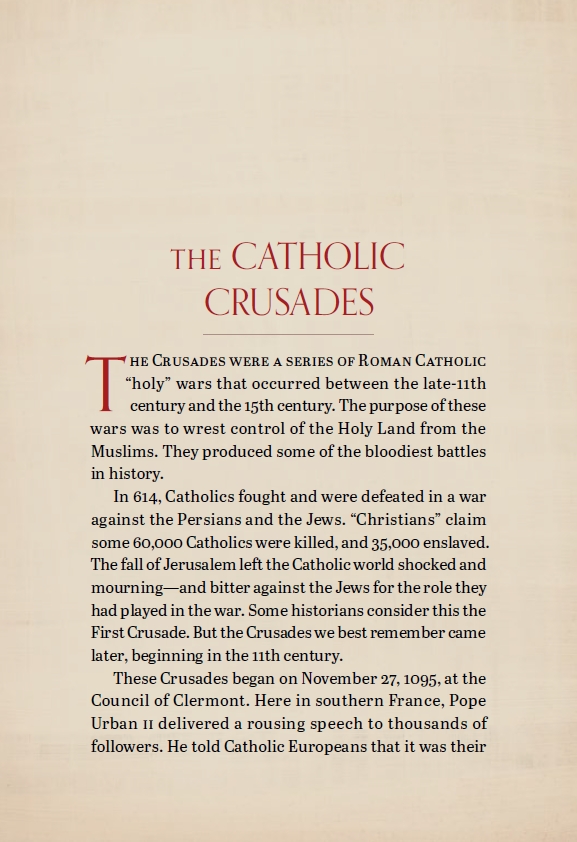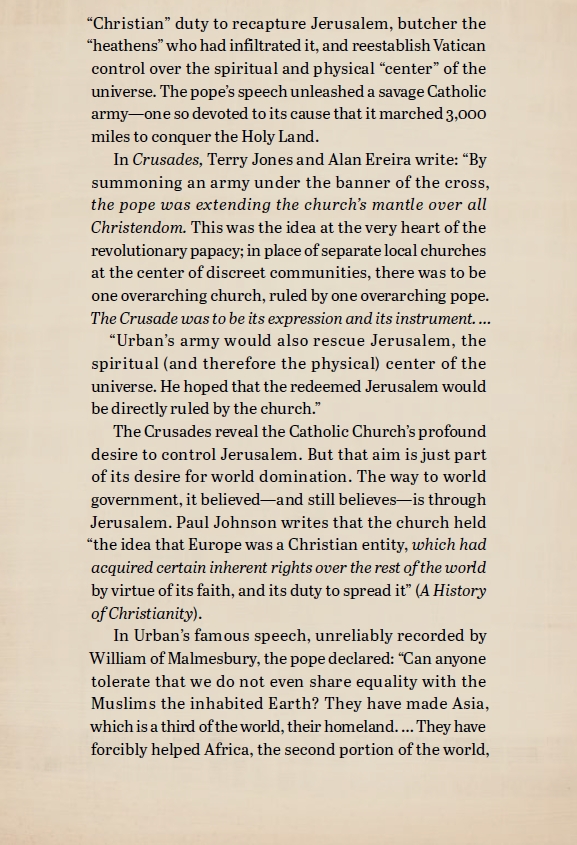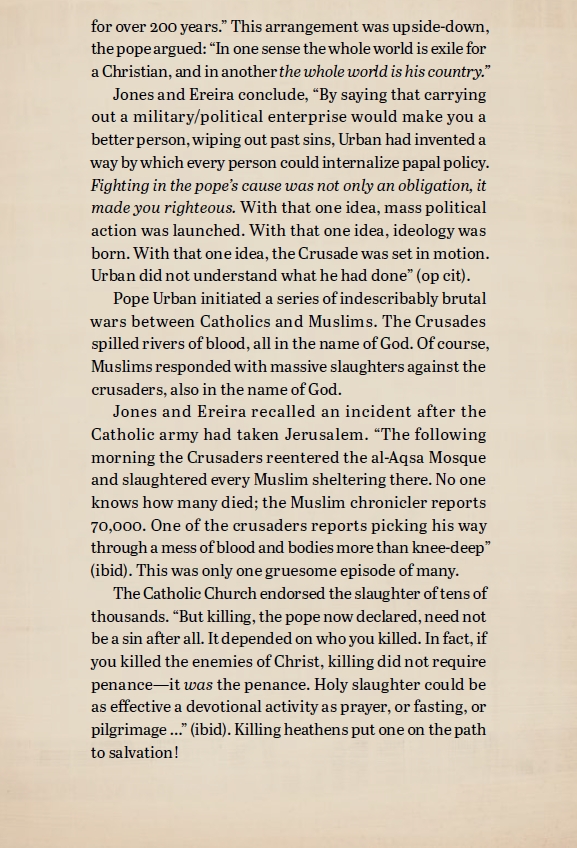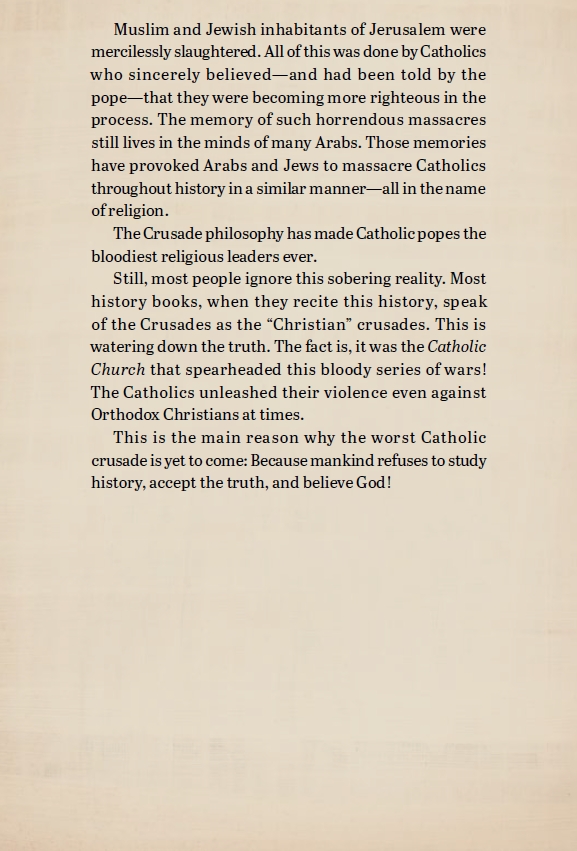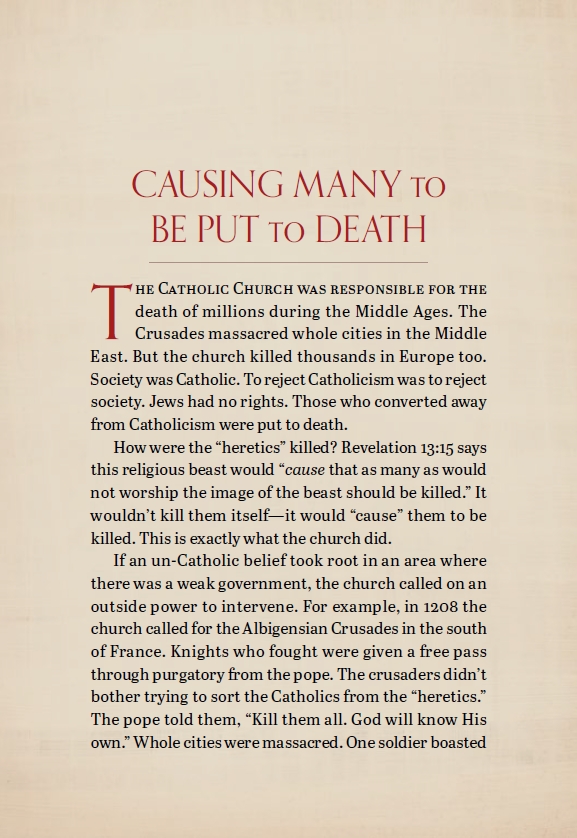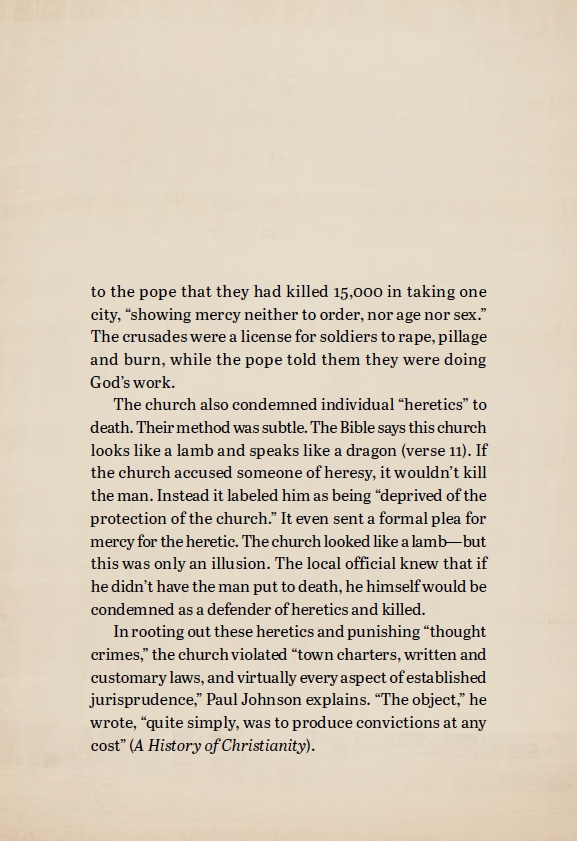Chapter Four
Otto The Great – The Birth Of German Nationalism
“When the German kings acquired the right to be crowned Roman emperors, the German people themselves became the imperial nation. They accordingly began to take pride in the German name. A national sentiment was thus aroused, which the Germans never afterwards abandoned.”
-Israel Smith Clare
Charlemagne died in his castle in Aachen the morning of January 28, 814. He was an ardent Catholic till his last breath. His last act before he died was taking communion.
Before he died, Charles handed the keys of the Frankish empire to his son Louis the Pious. But Louis lacked the personality and leadership to fill the massive vacuum created by the death of his seemingly omnipotent father. It wasn’t long before civil war broke out, and within a few years, Charlemagne’s Frankish empire, one of the largest to ever rule Europe, had collapsed.
The empire was dead, but Charlemagne’s dream of a Catholic-led, resurrected Holy Roman Empire was not. By the middle of the 10th century, it was once again becoming reality—this time on the east side of the Rhine River, in the forests of Germany.
In the early 10th century, the Germanic King Henry I, also known as Henry the Fowler, repelled many of the invaders plaguing Germany and established his royal influence over most of the dukes and aristocrats that ruled the Germanic tribes. By the time King Henry died and his son inherited his throne, the peoples of Germany had a strong central government. In 936, Henry’s son Otto was crowned king of Germany.
Like Charlemagne, Otto was crowned in Aachen. And like Charlemagne, elements of Otto’s coronation were copied from the Old Testament. His crown and clothing were modeled on the garments worn by ancient Israel’s high priest (it also contained images of Israel’s kings and of Christ). The symbols of the ceremony show that Otto saw himself as a high king-priest.
As soon as he became king, Otto picked up where his father left off. Like Charlemagne before him, Otto the Great employed the sword and the cross to resurrect the ancient Roman Empire—this time creating a distinctly German Holy Roman Empire!
The Ottonian System
Otto the Great wasted no time in forging a close relationship with the Vatican and making the Catholic Church the key sponsor of his dream of an empire. The Catholic Encyclopedia says that when Otto inherited the throne of his father, the “Ottonian system, a close alliance of the German realm with the church, was begun” (emphasis added throughout). As the Catholic Encyclopedia acknowledges, “Charlemagne, too, had carried out the great conception of unity of church and state.”
The Ottonian system, wrote Friedrich Heer in his book The Holy Roman Empire, “transferred to [Catholic] bishops a preponderant weight and major responsibility, thus making the imperial church the cornerstone of the empire.” The pope became Otto’s chief advocate. And Otto, thanks to his relationship with the Vatican, was given the moral and spiritual license to do whatever was necessary to create a Germanic Catholic empire.
Of course, endorsing Europe’s most powerful leader came with terrific benefits for the Vatican. Like Charlemagne, Otto assumed the responsibility of defending the Catholic Church. In 960, when Pope John xii came under attack by Berengar of Ivrea, a descendant of the Lombards, Otto rode to his rescue. In 962, Pope John XII made Otto “holy Roman emperor,” and the new emperor went on to defeat Berengar. For the next 800 years, German kings called themselves “Roman emperors of the German nation.”
Like Charlemagne’s alliance with the Vatican, the Catholic-German alliance was also a military alliance. “By granting the church such royal domains as were not in use, the state could devote its revenues to military purposes,” reads the Catholic Encyclopedia.
Otto was a ruthless warrior. He used the sword to forcefully spread the reach of the Catholic Church. Encyclopedia Britannica says he was “subject to violent bursts of passion” and that “[h]is policy was to crush all tendencies to independence” (11th edition). Under Otto, like Charlemagne, “[c]onversion was by the sword,” wrote Heer.
Otto quickly expanded the borders of the German Empire. He conquered northern Italy and became the most powerful ruler in Europe. In each new territory he conquered, Otto carefully planted new German colonies. Of course, these were also Catholic colonies, meaning that as the German Empire expanded, so did the reach and influence of the church.
Otto used the church as an agent to administer the regions he conquered. Besides increasing the support he received from churchmen, this arrangement helped secure Otto’s leadership. Bishops were supposed to be celibate, which meant they would never rebel in order to set up their own dynasty.
The Rise Of German Nationalism
The rule of Otto marked the dawn of German nationalism. Prior to this time, the Germans were still largely divided according to tribe. “But when the German kings acquired the right to be crowned Roman emperors, the German people themselves became the imperial nation. They accordingly began to take pride in the German name. A national sentiment was thus aroused, which the Germans never afterwards abandoned” (Israel Smith Clare, The World’s History Illuminated, Vol. 4).
German nationalism is rooted in the work of Otto the Great—an ardent Catholic and a man cut from the same cloth as Charlemagne. The world-ruling, nationalistic spirit that he engendered is what drove so many German kings across the Alps into Italy in search of things Roman. Although relations between German emperors and Catholic popes have not been without competition and struggle for supremacy, it is clear why the affair has endured the test of time. German emperors have always known that the road to world dominion goes through Rome.
Equally so, the papacy has long known that the only way to forcefully spread its religion is to straddle the terrifying political beast wielding the sword.
The Investiture Controversy
Otto’s empire—the third revival of the Holy Roman Empire—proved to be more enduring than Charlemagne’s. He passed rulership on to his sons and their descendants, who preserved the vital Catholic connection to the empire. The length to which many German kings went to secure close ties with the papacy is remarkable. In fact, Otto’s next two successors, his son and grandson, spent most of their lives, and eventually died, in the neighborhood of Rome.
During this time, however, tension emerged between the German kings and the Vatican. Church officials grew tired of the kings’ influence in ecclesiastical affairs, and by the reign of Henry IV in 1056 the church was ready to stand up to the kings and assert its spiritual influence over the state. In 1075, Pope Gregory VII began issuing commands to Henry, a move that quickly annoyed the king and resulted in a showdown between the two most powerful men in Europe.
This confrontation is known today as the Investiture Controversy. It was essentially a battle over who had the right to choose church leaders. But the root cause of the fight was the Catholic Church’s thirst for power. “There can be little doubt that Gregory VII was the aggressor, in that Henry IV was merely doing what all his predecessors had done,” writes Paul Johnson in A History of Christianity.
Since the time of Otto, the king had appointed the church’s bishops. Now the popes refused to allow this, saying that only church authorities could appoint them. But the scope of the confrontation went far beyond appointing bishops. The bishops held so much secular power that handing over sole control of the bishops to Rome meant handing over large swathes of the empire. What the pope wanted “amounted to a theory of papal world-government,” writes Johnson.
The Catholic Church, according to Pope Gregory VII, “has never erred; nor will it err.” The pope proclaimed that he alone had the authority not only to appoint and work with the bishops, but also to “make new laws … depose emperors and absolve subjects from their allegiance,” Johnson explains.
This is a perfect real-world embodiment of the woman riding the beast described in Revelation 17!
Such a papal power grab was unacceptable to the German kings. In January 1076, Henry gathered the bishops from northern Italy and Germany. They all agreed not to obey the pope, and actually called on Gregory to abdicate. Pope Gregory excommunicated the emperor and all the bishops who allied with him. The pope claimed he had power to make and unmake emperors, and so Henry was no longer the king of the Germans.

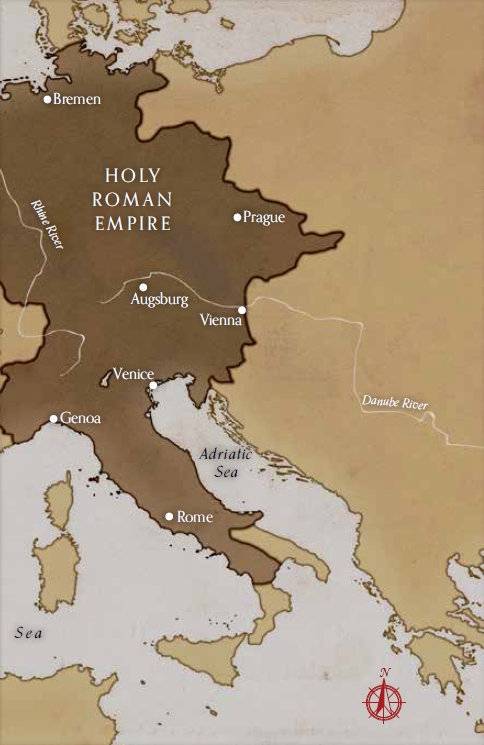
The real holder of power quickly became clear. Henry’s nobles seized on this papal pronouncement as an opportunity to rebel against their king. Within a year, a penitent Henry waited in the snow outside the pope’s residence in bare feet, begging forgiveness. In the imagery of biblical prophecy, the beast was groveling before the woman, seeking forgiveness and restitution.
But with so much at stake, the confrontation did not end quickly. The pope deposed and excommunicated Henry again in 1080. The emperor won this round of the battle; Pope Gregory was driven from Rome and died in exile. Gregory’s successors remained adamant in their opposition to the political ruler. The confrontation was vicious, and on several occasions the Catholic Church even attempted to assassinate Germany’s monarchs. “Unspeakable ferocity was throughout the hallmark of these death-struggles between popes and emperors,” wrote Johnson.
Finally in 1122, at Worms, Pope Calixtus II and Emperor Henry V came to an agreement. The church won the authority to elect its own bishops, but it agreed to do so in the presence of the emperor. It was a victory for the pope. The church could guide the beast—as long as it didn’t force the empire too far out of its way. The rivalry between pope and emperor, however, continued for the rest of this resurrection of the Holy Roman Empire, weakening it and hastening its downfall.
The Vatican never forgot the German kings who had defied it. Hundreds of years later, in the 13th century, the church had the descendants of these kings imprisoned or executed.
One of the most remarkable aspects of the Revelation 17 prophecy is that, in addition to forecasting the unity between the woman and the beast, it says that there would also be tension and confrontation. Speaking of the final resurrection of this Holy Roman Empire, Revelation 17:16 states, “And the ten horns which thou sawest upon the beast, these shall hate the whore [the Catholic Church], and shall make her desolate and naked, and shall eat her flesh, and burn her with fire.” This scripture states there will be another falling out between church and state in this end time.
In Henry’s time, church-state cooperation did not end for good. With the fall of the Ottonian Empire, the stage was set for another German family to gain favor with the Vatican in its quest for world rule. This royal line would eventually span 600 years of history!
